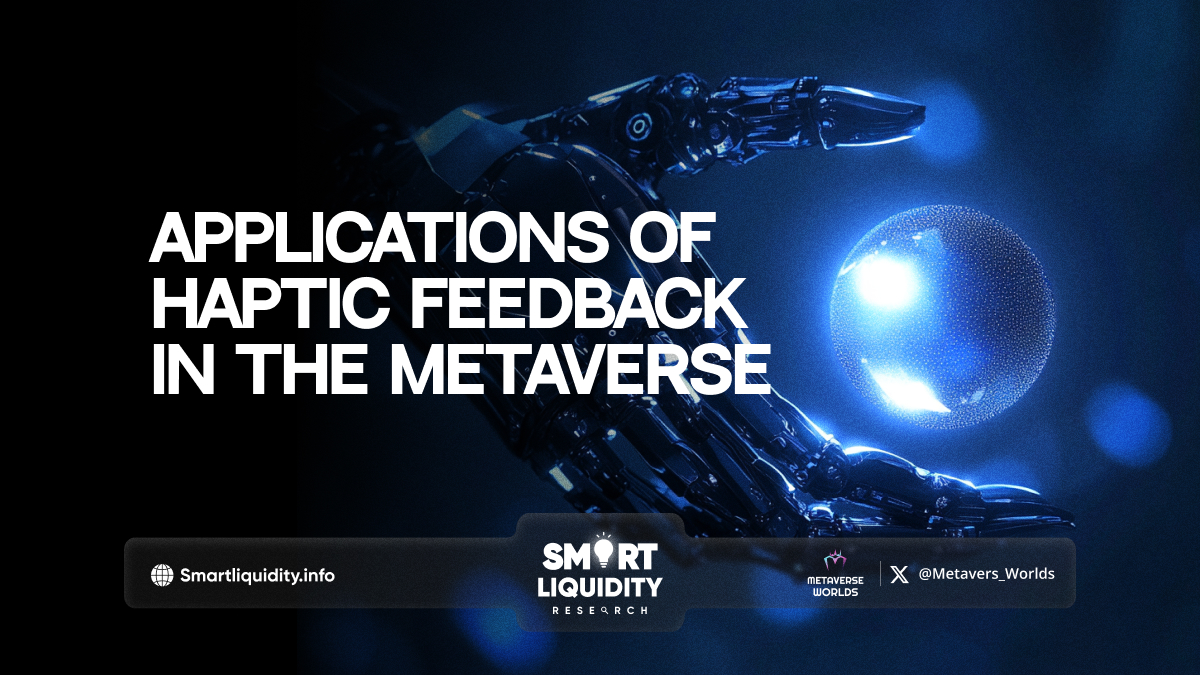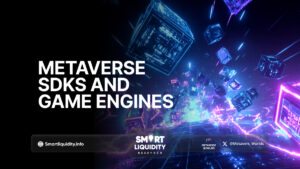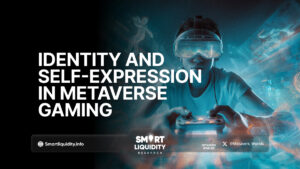Applications of Haptic Feedback in the Metaverse


Haptic feedback, the technology that simulates the sense of touch, is rapidly transforming the metaverse. By providing users with realistic tactile sensations, haptic technology enhances immersion and interaction in virtual environments. From gaming to education, there are various applications where haptic feedback is making a significant impact.
Enhancing Virtual Reality Gaming
In virtual reality (VR) gaming, haptic feedback adds a layer of realism that elevates the experience. Players can feel vibrations, resistance, and pressure, simulating actions like shooting a weapon or feeling a character’s footsteps. This not only makes the gaming experience more engaging but also helps players become more immersed in the virtual world. Therefore, haptic technology contributes significantly to improving player involvement and emotional connection.
Revolutionizing Remote Work and Collaboration
Another remarkable application is in remote work. With the rise of virtual collaboration tools, haptic feedback is being used to simulate the feeling of handshakes, high-fives, or even sharing objects in the virtual environment. This helps bridge the physical gap between individuals in different locations, making virtual meetings and teamwork feel more natural. Moreover, the tactile sensations foster a deeper sense of connection between colleagues, even when they are miles apart.
Advancing Education and Training
Haptic feedback also holds great potential in education and training, especially in fields requiring hands-on skills. For example, medical students can practice surgery in the metaverse, feeling the force of a scalpel against skin or the pressure of sutures. This immersive experience prepares students for real-world scenarios, reducing the learning curve. Similarly, workers in industries like aviation or engineering can simulate complex tasks, experiencing real-time feedback to hone their skills.
Conclusion
In conclusion, haptic feedback is opening new doors for interaction and immersion in the metaverse. Whether in gaming, work, or education, this technology adds an essential layer to virtual experiences, making them feel more tangible and realistic. As advancements in haptic technology continue, we can expect even more transformative applications that will redefine the way we engage with digital spaces.




